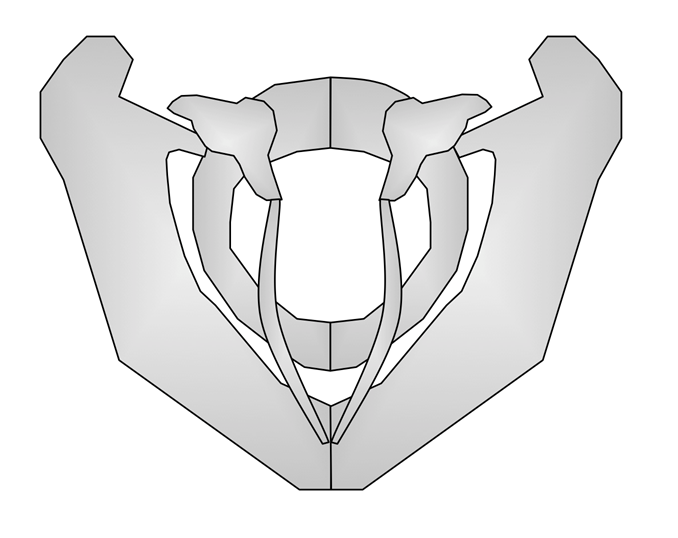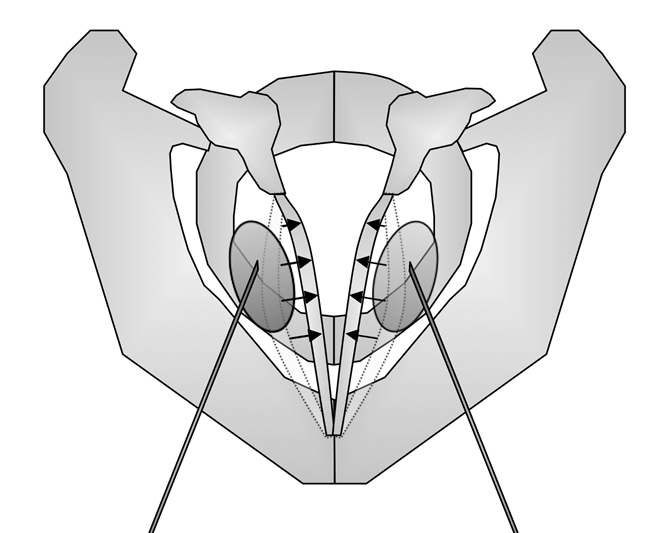The problem age voice
Often patients have not had any voice problems in their entire life and at an advanced age they suddenly suffer from symptoms such as hoarseness or speech strain. It can happen that the voice tires more quickly, breaks away under stress, covers, breathes, or even sounds croaky and shrill. Anyone who has ever experienced such a loss of quality of the voice quickly realizes how much participation in social life depends on our most important communication organ.
Patients suffer from their reduced communication and many participate less in social activities. They feel set back because of their voice problem. Although the problem may have a genetic component, most patients seek medical advice to reconstitute their ‚old’ and stronger voice.
Our voice clinic is highly specialized is diagnosing all aspects of the aging voice (vocal fold bowing – presbylarynx) and offers state-of-art therapeutical options to regain a satisfactory voice function. The surgical therapeutic mainstay is augmentation of the vocal folds (introducing a ‚filler’) to lift the pliable mass and improve the vibratory function.
Lack of volume of the vocal cords
Mostly with age vocal folds may tend to get thinner and in laryngeal examination, the vocal folds cannot close tightly enough for easy voicing (glottic incompetence). Accordingly, the voice may be perceived as strained, pressed, dry, high-in-pitch, and effortful.
In the so-called aged voice, the vocal folds are thinner and have little volume. While making a voice the vocal folds can’t come together with sufficient pressure when and a change in voice with hoarseness, vocal effort and often increased speaking pitch is hearable. It is called vocal fold bowing.
Augmentation
The therapy is a filling (augmentation) of the vocal folds. It is an surgical increase of the volume of the vocal folds. Artificial materials (e.g. hyaluronic acid) or the body’s own fat can be used for implantation.
The outpatient surgery under general anesthesia takes about 60 minutes. Postoperative vocal rest is not required. In America, this procedure is called a “voice lift”, comparable to the “face lift”. However, this treatment of the aged voice is not a cosmetic procedure and it certainly does not lead to an increase in the speaking voice. We therefore consider the term ‘voice lift’ to be inappropriate.
Prof. Hess and his team have already helped hundreds of patients regain their quality of life and enjoyment of life.
From a cerrtain age on vocal folds no close completely.

Augmentation will help that the vocal folds will close again


